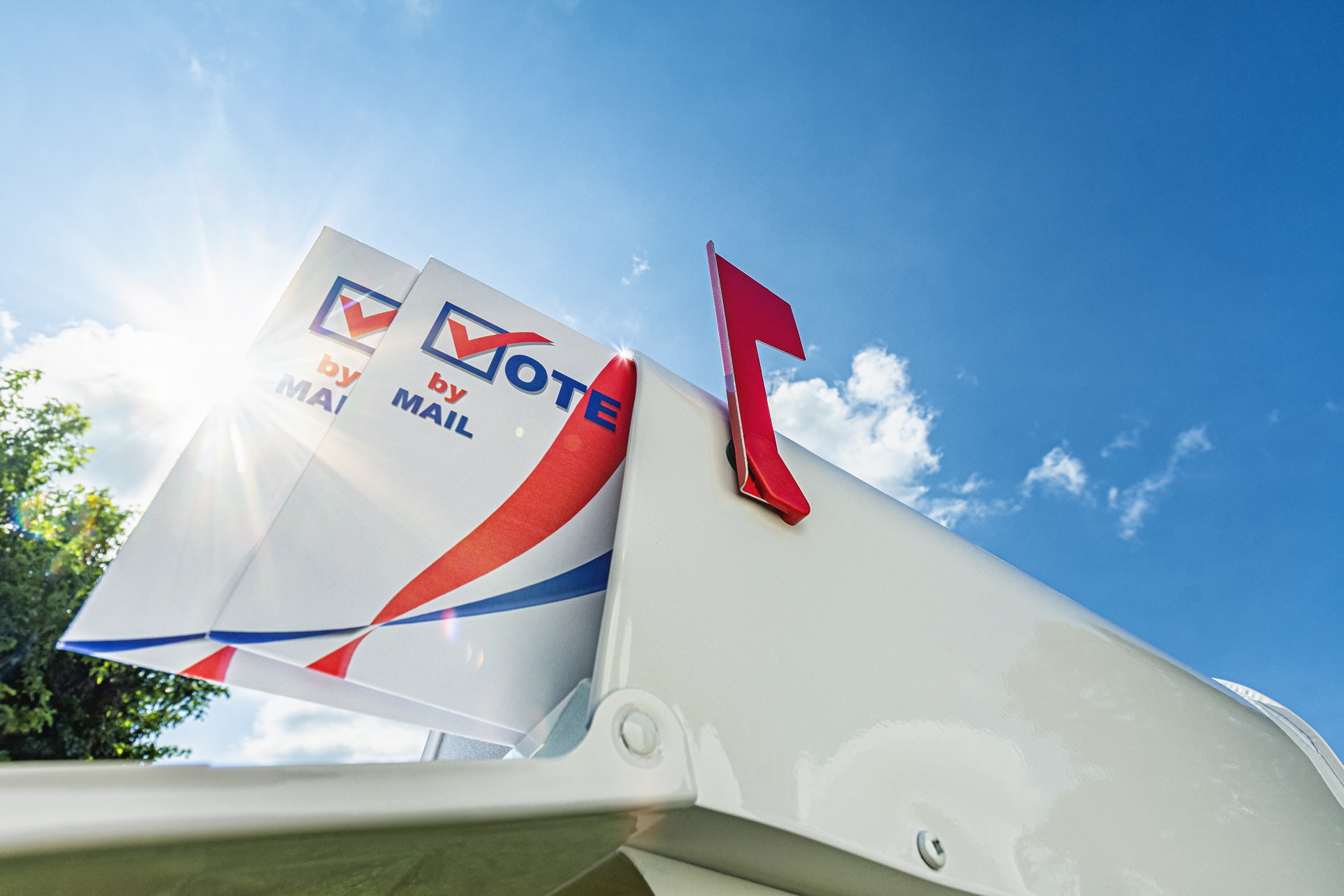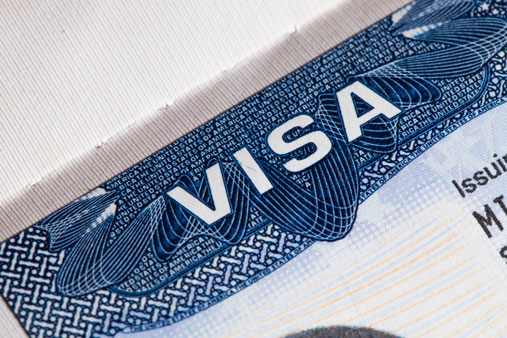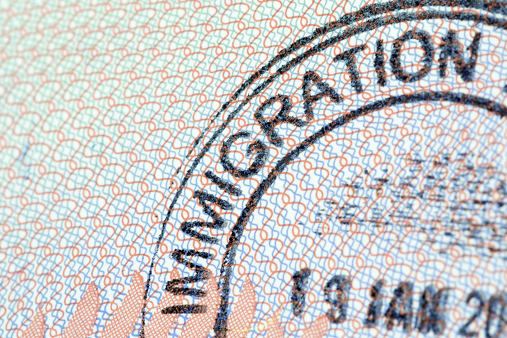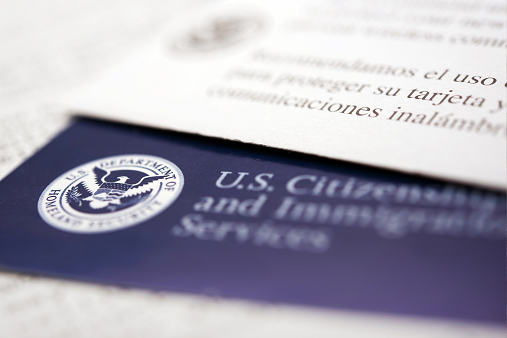The COVID-19 pandemic brought countless changes to labor law, including the way the National Labor Relations Board (NLRB) handled union elections. Pre-pandemic, “mail-in” ballots were exceedingly rare but they became the norm in the era of social distancing. In a decision issued Sept. 29 by the agency, however, the NLRB signaled manual (i.e., in-person) elections might become the norm again.
The decision at issue involved Starbucks in one of the many union votes sweeping the company’s cafés across the country this year. In this ruling, the NLRB held that when considering whether to have an election in-person or via mail ballot, COVID-19 infection rates generally are no longer to be considered by themselves; rather, the agency will review the “CDC’s county-based Community Level system,” which tracks hospitalizations as well as infection rates at the county level.
In other words, the fact that there may be a COVID-19 spike in an area may not be sufficient grounds for forcing a mail ballot election going forward. In this case, Starbucks was objecting to a mail ballot election, but the NLRB declined to apply this revised standard retroactively, so this particular election still will be done via mail.
Starbucks has been fighting mail ballot elections since the nationwide union campaign hit its doorsteps. This likely stems from the fact the union has seen more success in that election format. Indeed, according to Bloomberg Law: “The union has won 83% of the 269 contests held by mail, compared with 65% of the 31 in-person elections.”
For those unfamiliar with the process, mail-ballot elections in the union context are similar in many respects to voting by mail in general elections. The NLRB mails every eligible voter a packet that includes a ballot, a return envelope, and instructions for completing and returning the ballot. Each voter is personally responsible for completing the ballot and mailing it back to the board. Historically, voter participation in mail-ballot elections is significantly lower than in manual, in-person elections, so employers often object to the mail format based on this and other reasons (e.g., concerns with vote process integrity).
We’ll see what impact this latest decision has overall on how union elections are conducted, but it may signal we are going back to in-person elections as the standard. At a minimum, it shows companies likely will have stronger arguments for manual voting in many cases. Stay tuned.













